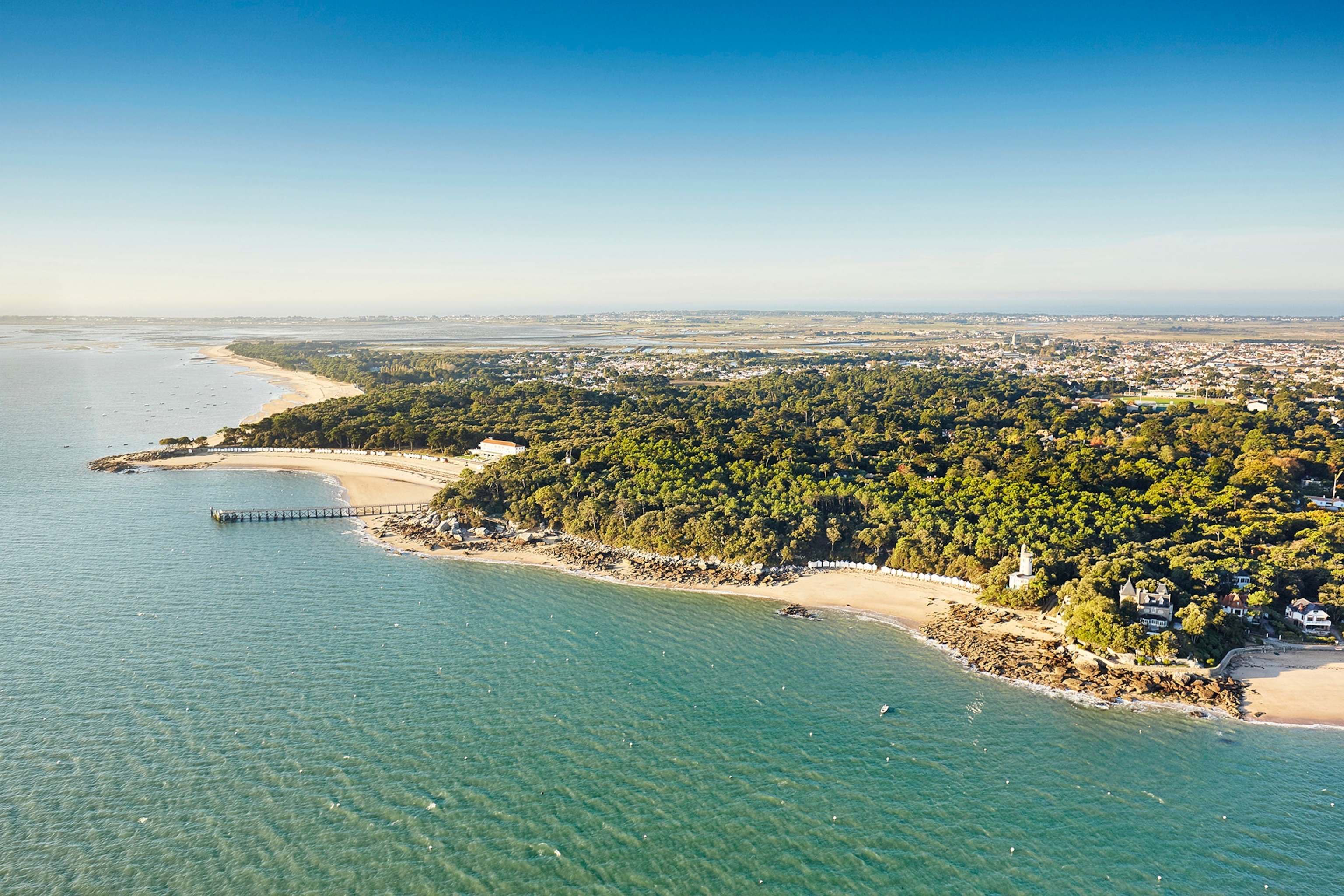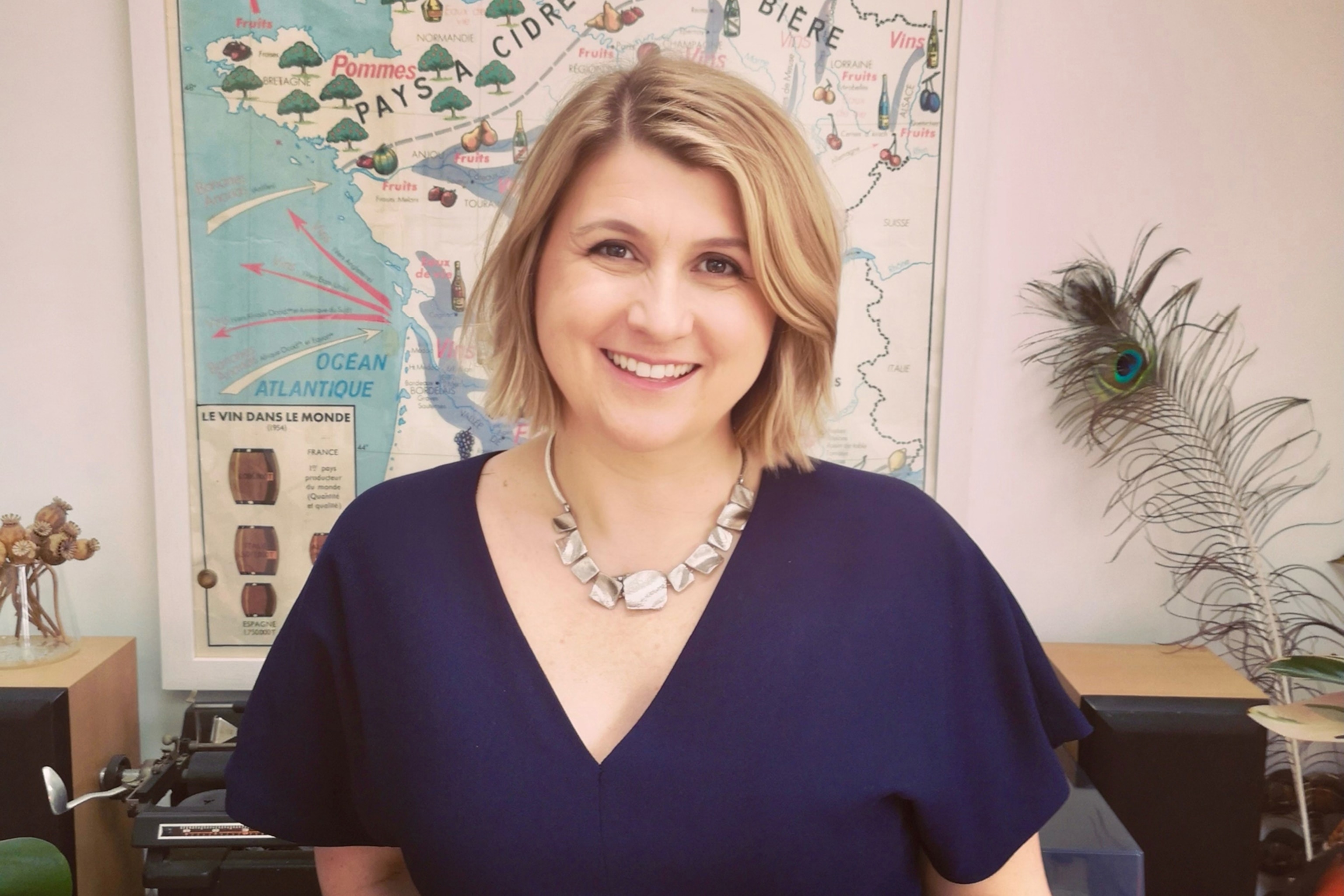
Want to know about food in France? Ask the author who's eaten her way through its islands
The idyllic islands off France’s Vendée coast have a fascinating food culture, from record-priced potatoes to a romantic prune tart.
France’s most intriguing regional foods often come with a story to tell. In the south west, for example, cassoulet was created under siege during the Hundred Years War. The Paris-Brest patisserie commemorates a bicycle race, and roquefort cheese was supposedly created by a love-struck shepherd.
Delve a little deeper into the French food landscape, as I did while researching my book, and you’ll find stories that go beyond legend and yarn, such as Île de Noirmoutier’s claim to be home of the world’s most expensive potatoes. This superlative spud seemed an ideal excuse to visit the island off France’s west coast, patchworked with salt pans and populated with whitewashed villages.
Bonnottes, as they’re called, are a rarity. In season just two or three weeks in May, they must be harvested by hand and only grow in the island’s unique microclimate. In 1995, the Coopérative Agricole de Noirmoutier sold 3kg of them at Paris auction house Drouot for 15,000 francs (about £1,500 back then). It hit the headlines and a local speciality was born.
But there’s far more to les bonnottes than a smart marketing ploy. The potatoes represent a community of farmers who banded together after the Second World War to get a fairer price for their produce from merchants from the mainland — or le continent as locals call it. As I stood in a potato field with the Coopérative’s president, Jessica Tessier — whose parents and grandparents had all been potato farmers — and her colleagues, I couldn’t help but fall under the spell of their passion for their island and its products. Its community comes together each May to host a big feast for the Fête de la Bonnotte. The yard at the cooperative’s HQ is filled with long tables for 3,000 people to eat local sardines and butter-drenched, boiled bonnottes, sprinkled with Noirmoutier’s fleur de sel salt flakes.

I bought a box of these potatoes at the market. This abounded with other specialities including flan maraîchin, a beast of a tart made with a deep crust and perfectly wobbly custard. Other stalls were heaving under the weight of vegetables that thrive in the same microclimate as les bonnottes.
Noirmoutier’s air is infused with ozone and the soil is fertilised by seaweed. Being there, breathing in the briny air and talking to growers and chefs, I learned about its terroir, an environment so unique that the island’s most celebrated chef — Alexandre Couillon — has won three Michelin stars for dishes made using only its produce. I cycled through the salt pans, blue skies reflected in their ponds, to his more casual bistro La Table d’Elise in the village of L’Herbaudière. I dined on fine slivers of beetroot, mussels and whipped goat’s cheese, followed by delicately cooked pollock, landed at the harbour just metres away.
But the Vendée’s unique islands have more stories to tell. On the island of Yeu, legend has it that the tarte des noces, the ‘honeymoon tart’, was first made with ingredients that spilled out of a shipwreck. From the 17th to 19th centuries, sailors would take prunes with them out to sea to ward off scurvy, but ships would also typically carry other exotic goods from the lands beyond the horizon: vanilla, sugar, rum, cinnamon and orange blossom water, which — so the story goes — islanders gathered from the wreck to create their fragrant prune tart.
Today, Île d’Yeu’s Pâtisserie Mousnier makes them daily by the dozen, and yet none of the islanders who knew of the legend could tell me why the resultant bake was called a honeymoon tart — maybe its ingredients were saved for special occasions, they pondered.
In exploring the island, I found my own answer to the puzzle. The idyllic lanes in the village of Saint-Sauveur had houses with shutters painted in cheery red, yellow or turquoise that recalled a Mexican resort town; other villages reminded me of Greece, where whitewashed, terracotta-roofed houses came with powder-blue shutters and stone-walled gardens brimming with hollyhocks, agapanthus and even the odd palm tree. When I got to the beach, La Plage des Sabias, with its row of shabby-chic fishermen’s huts, it could have been the Caribbean. In the blue sky above me, planes’ vapour trails criss-crossed the stratosphere as passengers — undoubtedly a few newlyweds among them — travelled west across the Atlantic. I reflected that perhaps the Île d’Yeu wouldn’t mind me writing my own interpretation of the story. After all, the island is the picture-perfect blend of idyllic honeymoon destinations.
To subscribe to National Geographic Traveller (UK) magazine click here. (Available in select countries only).




